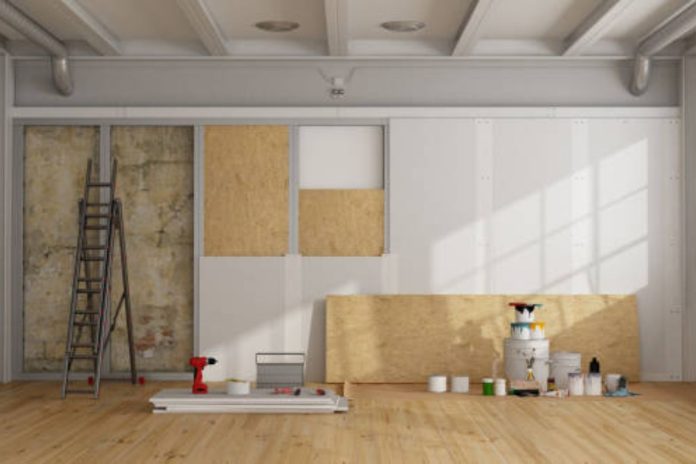A loft conversion is a great way to make the most of your property and gain extra space. Not only does it increase the functionality of your home, but it can also significantly add value to your property. Here, we explain how a loft conversion can add value to your home. For loft conversion specialists, visit Proable Group.
1. How It Adds Value
A well-executed loft conversion can increase the value of your home considerably. The exact value added depends on various factors, including the quality of the work, the type of conversion, and the location of your property. On average, a loft conversion can add up to 20% to your property’s value. If you’re wondering how much value a loft conversion can bring, the answer is that it varies, but the potential for a high return on investment is clear.
2. Unused Space
Converting unused loft space into a loft room or an extra bedroom, such as a double bedroom, gives you more usable living space. Even if you have a pitched roof or existing roof space, a loft conversion can still add valuable square footage to your home. Loft conversion ideas can turn an empty attic into a highly functional space, increasing your property’s overall worth.
3. More Space
New space means a better lifestyle and higher property value. The extra space created by a loft conversion provides you with options to design a guest room, office, or storage space, all of which enhance the overall functionality of your home. Extra living space makes a house more desirable, which in turn increases the value to your home.
4. Loft Conversion Types: Dormer, Hip-to-Gable, etc.
There are several types of loft conversions, each offering different amounts of space and value. Dormer loft conversions are the most popular, as they maximise roof space by extending the existing roof. Hip-to-gable conversions are common for semi-detached homes, altering the roofline to give more headroom and extra square footage. Depending on your needs and roof structure, these conversions can add valuable square footage and increase your property’s worth.
5. Structural Work and Building Regulations
You may need some structural work to ensure your loft conversion meets building regulations. It’s essential to check whether your conversion requires planning permission or if it can be done under permitted development. Building regulations are crucial to ensure your conversion complies with structural, fire safety, and insulation standards, ensuring the space is both usable and safe.
6. Loft Conversion Costs and ROI
The cost of a loft conversion can vary depending on the type of conversion, building work, and materials used. However, loft conversions are generally cheaper than full home extensions. The cost of converting your loft will depend on how much space you are converting, the complexity of the work, and whether you’re adding features like roof windows or an en suite bathroom. The return on investment (ROI) for a loft conversion is high, as it adds significant value to your home.
7. The “Wow” Factor: Adding the Most Value
A loft conversion with stylish features like roof windows that bring in natural light or an en suite bathroom will add the “wow” factor to your home. This not only makes your home more desirable but also increases its overall value, offering you more space and storage solutions while boosting your home’s appeal.
8. Planning Permission
Some loft conversions may require planning permission from the local authority. Permitted development rights apply to certain types of conversions, like dormer conversions. However, it’s always best to check with your local council to ensure you comply with all the rules and regulations to ensure your loft conversion is legal and adds real value.
9. Long-Term Benefits of Loft Conversions
Converting your loft into a new room or extra space is an investment that pays off both in the short and long term. Not only does it increase your home’s square footage, but it also improves the functionality and desirability of your property. A loft conversion can be one of the best ways to add storage space and maximise usable space, enhancing the overall quality of your living environment.
Conclusion
A loft conversion is one of the best ways to create extra living space and add value to your home. By utilising unused loft space, you can increase the property’s value, improve your home’s functionality, and create a more desirable living space. With careful planning and expert execution, your investment in a loft conversion will provide real value to your home.








